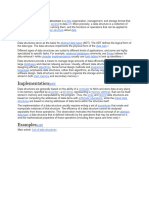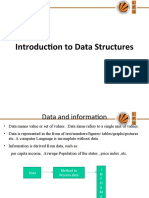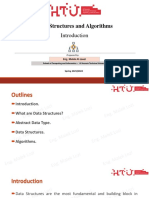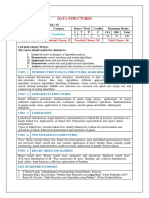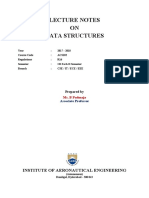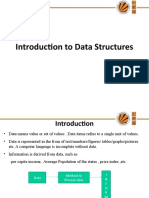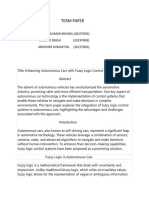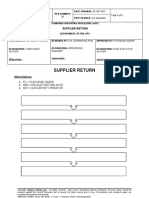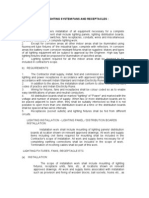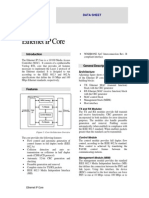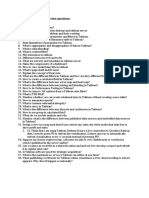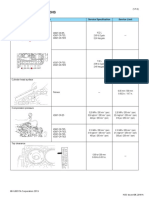0% found this document useful (0 votes)
42 views77 pagesData Structures
The document discusses data structures and how they organize data in software to determine computational complexity, maintainability, versatility, and some user interface characteristics. It compares data structures and databases, noting that data structures are used for real-time data processing in memory while databases are for persistent storage, though both are often used together. Common data structures include arrays, linked lists, trees, hash tables, stacks, and queues.
Uploaded by
Abhi PalCopyright
© © All Rights Reserved
We take content rights seriously. If you suspect this is your content, claim it here.
Available Formats
Download as PPT, PDF, TXT or read online on Scribd
0% found this document useful (0 votes)
42 views77 pagesData Structures
The document discusses data structures and how they organize data in software to determine computational complexity, maintainability, versatility, and some user interface characteristics. It compares data structures and databases, noting that data structures are used for real-time data processing in memory while databases are for persistent storage, though both are often used together. Common data structures include arrays, linked lists, trees, hash tables, stacks, and queues.
Uploaded by
Abhi PalCopyright
© © All Rights Reserved
We take content rights seriously. If you suspect this is your content, claim it here.
Available Formats
Download as PPT, PDF, TXT or read online on Scribd
/ 77









